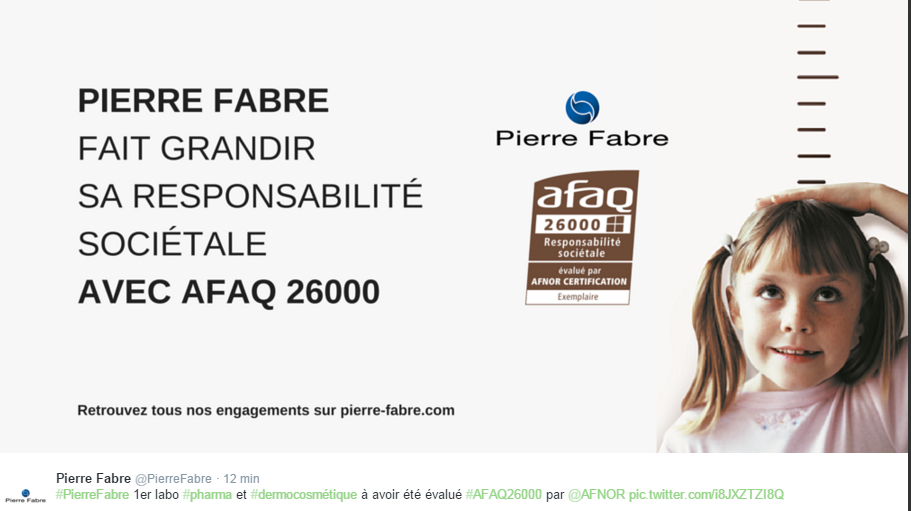The benchmark standard for quality management systems in the aerospace industry has been revised. Are you a certified professional? Start preparing to migrate to the 2016 version before 15 September 2018 and take advantage of the changes. Read on for an overview of the main new features.
The aerospace and defence market represents a key sector in the global economy, with revenue in excess of $630 billion in 2014 in Europe and the United States. One potential explanation for this industry’s predominant position is the fact that it creates high-quality products. In this particular case, the standards in the EN 9100* series (design, engineering and manufacture of aerospace products), EN 9110 (maintenance, repairs and servicing) and EN 9120 (trading, storage and distribution activities) are the most widely used by the aerospace and defence sectors.
“These standards play an essential role in the market and help companies secure new business by reassuring major aviation clients that the organization has fulfilled and addressed the requirements relating to quality, safety, lead-time compliance and cost control. In fact, Boeing and Airbus are certified to this standard, and 90% of organizations operating in the industry, whether key accounts or SMBs, are also certified,” explains Michel Frances, an aviation, space and defence expert within the AFNOR Group and a member of the delegation that championed and defended French and European interests during the drafting of EN 9100:2016. Over 18,900 industry professionals are currently certified, 5% of whom through AFNOR Certification.
QUALITY AND SAFETY THROUGHOUT THE SUPPLY CHAIN
The standard is changing, and so is certification! The first priority for certified companies will be the timeline. Unlike certification for the “parent” ISO 9001:2015 standard, for which the transition period is three years, organizations will only have 15 months to migrate to the 2016 version. On 15 September 2018, their current certificate (2010 version or earlier) will expire. Within this limited timeframe, companies need to organize their certification audit after first reviewing their quality management system against the new provisions in the standard By June 2017, auditors will be able to assess the amount of work required to satisfy the new requirements.
The most sensitive aspect of the new version of the standard is indisputably the obligation on any organization to control the quality and safety of the products and services supplied by its external providers. Organizations must not only control lower tier providers, but the entire supply chain. They are consequently given a key responsibility for detecting counterfeit parts. If applicable, they must be capable of showing their customers that their suppliers have implemented appropriate control processes.
Similarly, the revised standard states: “The organization shall plan, implement and control the processes needed to ensure product safety during the entire product lifecycle.” What that actually means is that no company may claim to its customer that it was unaware that some of the parts designed and supplied by its providers are difficult to recycle, contain “critical items” or are obsolete. On the contrary, the new standard recommends “the assessment of hazards and mitigation of associated risks, the management of safety critical items, the analysis and reporting of occurred events affecting safety, communication of these events and training of personnel.” As a result, organizations must raise awareness and provide training for personnel to address these key issues.
A NEW GLOBAL ENVIRONMENT
But the new standard goes even further. It does not merely provide a risk-based rationale, but places full importance in “opportunities”, meaning innovation and especially disruptive improvements, all of which with the emphasis on flexibility: since EN 9100:2016 addresses the specific constraints facing companies, especially SMBs. For instance, they will be able to show why some requirements in the standard do not apply or can be simplified in certain situations through their context data (field of activity, market position, etc.). The last significant changes include the environmental aspect in relation to the product lifecycle and ethical behaviour in terms of sustainable procurement, both of which have been reinforced and are now audited.
The standard’s authors, all of whom are industry professionals, believe that the new EN 9100 standard demonstrates its ability to adapt to the underlying changes, namely the longer and increasingly globalized value chain, and the need to innovate through disruptive technologies. It clearly shows its fundamental contribution to the development of an aviation, space and defence industry that is increasingly risk-aware, ethical, effective and safe.
*These standards are prepared by the IAQG (International Aerospace Quality Group) within the ICAO (International Civil Aviation Organization). They receive the EN 9100 designation in Europe, AS 9100 in America and JISQ in the Asia-Pacific region.
[button content=”Find out more about AFAQ EN 9100 (in French)” color=”yellow” text=”black” url=”http://www.boutique-certification.afnor.org/certification/certifications-en-9100-en-9110-en-9120″ openin=”_blank”]





